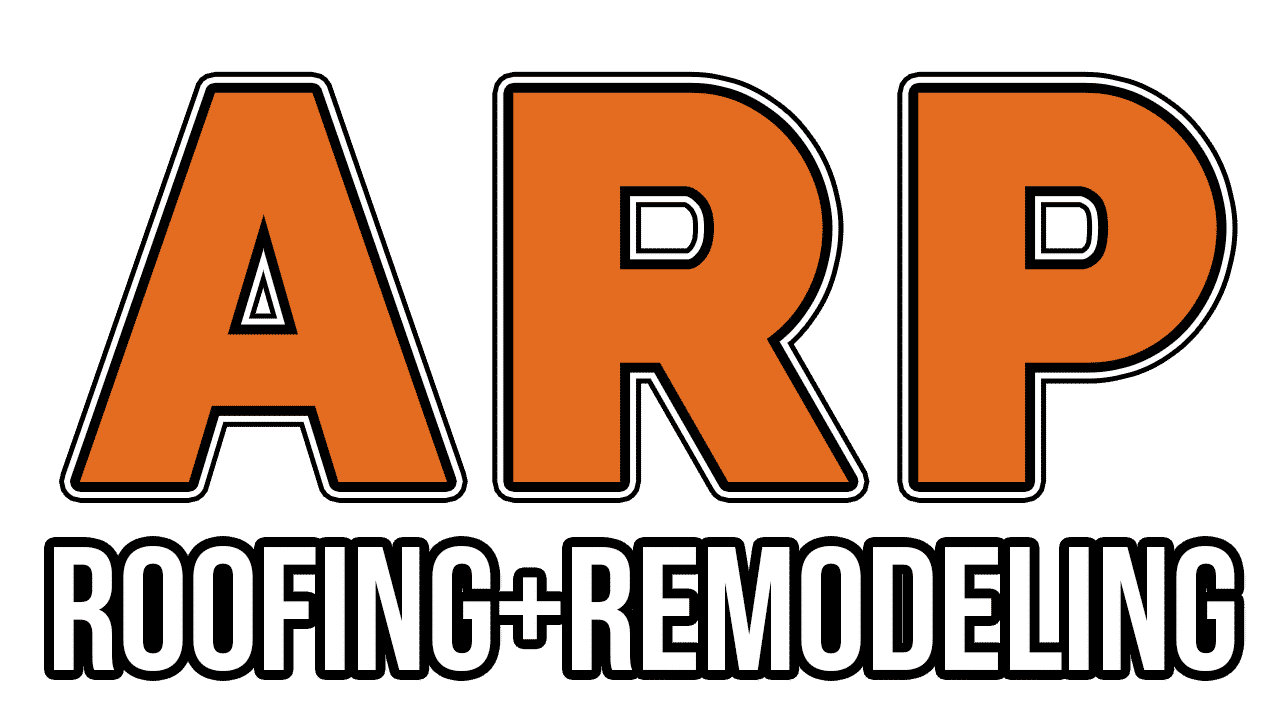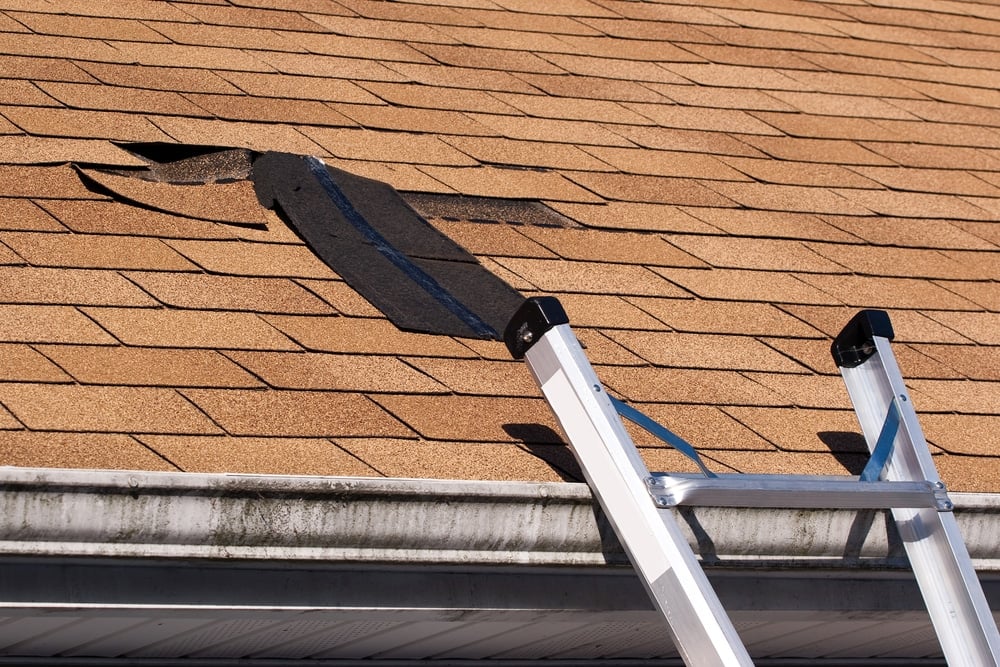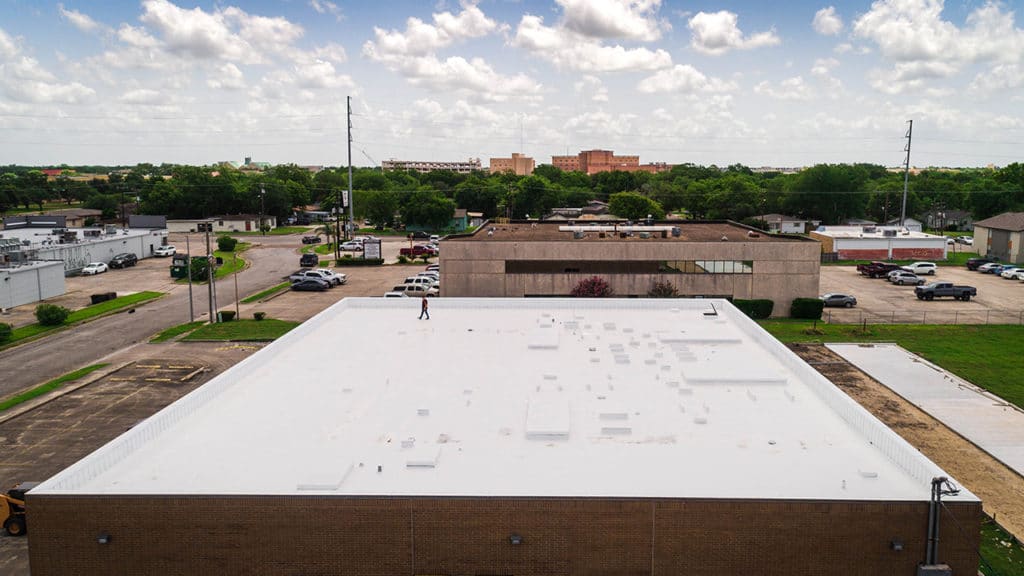Can I Claim a Roof Leak on Insurance? Top Tips for 2024
Can I claim a roof leak on insurance? If you’ve ever faced this dilemma, you’re not alone. Many homeowners encounter this question as unexpected roof leaks strike, often at the most inconvenient times. Here’s a quick answer:
- Yes, if your roof leak is caused by a sudden and accidental event like a storm or a tree falling.
- No, if the leak results from wear and tear, neglect, or poor maintenance.
Having a clear understanding of your policy’s coverage is crucial. This brief guide will shed light on the importance of routine roof maintenance and the key steps to take when filing an insurance claim for roof leaks. At ARP Roofing & Remodeling, we have over 30 years of experience in roofing solutions and insurance claims, making this intricate process smoother for you.
My name is Preston Williams, owner and co-founder of ARP Roofing. With experience in operations, marketing, and sales, I aim to assist homeowners in understanding the complexities of claiming a roof leak on insurance.
Understanding Roof Leak Insurance Coverage
When it comes to roof leaks, understanding what your homeowners insurance covers can save you a lot of headaches. Let’s break down the essentials.
What Perils Are Covered?
Insurance policies typically cover roof leaks if they result from specific perils. These are sudden and unexpected events that cause damage. Here are some common covered perils:
-
Natural Disasters: Events like hurricanes, tornadoes, and earthquakes can cause significant roof damage. If a storm blows off your shingles or a hurricane tears through your roof, your insurance should cover the repairs.
-
Fire: If a fire damages your roof, your insurance policy will likely cover the cost to repair or replace it.
-
Fallen Trees: If a tree falls on your roof during a storm, the damage is usually covered. However, if the tree was dead and you neglected to remove it, your claim might be denied.
-
Snow and Rain: Heavy snow and rain can lead to roof leaks. If your roof caves in or starts leaking because of the weight of snow or rain, your insurance should kick in.
What Perils Are Not Covered?
Not everything is covered by your insurance policy. Here are some common exclusions:
-
General Wear and Tear: Roofs age, and shingles wear down. If your roof starts leaking because it’s old and worn out, your insurance won’t cover it. This falls under regular maintenance, which is your responsibility.
-
Poor Maintenance: Neglecting your roof can lead to leaks. If you haven’t cleaned your gutters or fixed minor issues, and this leads to a leak, your insurance won’t pay for the repairs.
-
Faulty Workmanship: If your roof was installed poorly or previous repairs were not done correctly, any resulting leaks won’t be covered. Always hire reputable contractors to avoid this issue.
-
Rot and Animal Damage: Roof leaks caused by rot or animals, like squirrels or raccoons, are not covered. These are considered preventable issues and part of home maintenance.
Example: Imagine a scenario where a homeowner neglected their roof for years. Over time, the shingles deteriorated, and eventually, the roof started leaking. The insurance company would likely deny the claim, citing general wear and tear and poor maintenance as the reasons.
Understanding these details can help you maintain your roof better and make informed decisions about your insurance coverage. Next, we’ll dive into the steps you need to take when filing a roof leak insurance claim.
Steps to File a Roof Leak Insurance Claim
Filing a claim for a roof leak can seem daunting, but breaking it down into simple steps can make it manageable. Here’s a clear guide to help you through the process.
Documenting the Damage
The first step is to document the damage thoroughly. This involves:
-
Taking photos and videos: Capture clear images and videos of the affected areas, both inside and outside your home. This includes damaged shingles, water stains on ceilings, and any other visible damage.
-
Writing descriptions: Provide detailed written descriptions of the damage. Include the date you noticed the leak and any other relevant information.
-
Collecting receipts and estimates: If you’ve already spent money on temporary repairs or inspections, keep those receipts. Also, get written estimates from reputable roofing contractors.
Contacting Your Insurance Company
Once you have documented the damage, the next step is to contact your insurance company:
-
Report the claim promptly: Call your insurer as soon as possible to report the damage. Delaying this step can complicate your claim.
-
Provide documentation: Submit all the photos, videos, written descriptions, and receipts you’ve collected. This helps your insurer understand the extent of the damage.
-
Follow their instructions: Your insurer may have specific procedures for filing a claim. Make sure to follow their guidelines to avoid delays.
Working with Restoration Companies
After contacting your insurance company, it’s time to work with restoration companies:
-
Assessment: Hire a reputable roofing contractor to assess the damage. They will provide a detailed report on the condition of your roof and the necessary repairs.
-
Repair: Choose a contractor with a proven track record. Check references, read reviews, and ensure they are licensed in your state. Beware of contractors who go door-to-door after disasters offering suspiciously low rates.
-
Reputable companies: Work with companies that have experience in dealing with insurance claims. They can help you steer the process and ensure that repairs are done correctly. ARP Roofing & Remodeling, for instance, can assist with both roof repairs and any interior or exterior damages resulting from leaks.
By following these steps, you can streamline the process of filing an insurance claim for a roof leak and ensure that your home is restored to its original condition.
Next, we’ll explore the factors that can affect your roof leak insurance claim.
Factors Affecting Your Roof Leak Insurance Claim
When it comes to claiming a roof leak on insurance, several factors can influence the outcome. Understanding these can help you decide whether to file a claim and what to expect.
Age of the Roof
Insurance policies generally favor newer roofs.
Most insurance companies are more likely to cover roofs that are within their “golden operating years.” For example, if your roof is under 20 years old, it’s considered more reliable, and your claim stands a better chance of approval.
- Golden Operating Years: Roofs less than 20 years old are typically considered in their prime.
- 20-Year Limit: If your roof is older than 20 years, many insurance policies will either not cover the damages or offer only limited coverage.
Cost of Repair vs. Deductible
Before filing a claim, compare the repair costs to your deductible.
If the cost to repair your roof is lower than your insurance deductible, your claim will likely be denied. Always get a professional estimate to understand the potential costs involved.
- Repair Costs: Roof repairs can range from minor fixes like replacing shingles to major repairs involving structural damage.
- Deductible Comparison: If your deductible is $1,000 and the repair cost is $800, it’s more cost-effective to pay out of pocket.
Policy Type and Coverage
Different policies offer different levels of coverage.
The type of homeowners insurance policy you have can significantly affect what is covered in the event of a roof leak. Here are the common types:
- Special Form Policy (HO-3): This is the most common and comprehensive policy. It covers all perils except those specifically excluded, like general wear and tear or poor maintenance.
- Broad Form Policy (HO-2): This policy covers only the perils explicitly listed in the policy. If the cause of your roof leak isn’t listed, it won’t be covered.
- Basic Form Policy (HO-1): This offers the least coverage and only includes a few named perils. It’s rare and usually not recommended for comprehensive protection.
Understanding these factors can help you make an informed decision about filing a roof leak insurance claim. Next, we’ll discuss when it’s appropriate to file a claim and the potential downsides to consider.
Can I Claim a Roof Leak on Insurance?
When Should You File a Claim?
Filing an insurance claim for a roof leak can be a tricky decision. Here are some key points to consider:
Covered Perils: Your insurance policy will typically cover roof leaks caused by specific events, like natural disasters, fire, or falling trees. If your roof was damaged by a storm, for example, you might be eligible to file a claim. Always check your policy details to ensure the cause of your leak is covered.
Significant Damage: If the damage to your roof is extensive and the repair costs exceed your deductible by a significant amount, it may be worth filing a claim. For instance, if you need a $30,000 roof replacement and your deductible is $5,000, filing a claim could save you a lot of money.
Cost-Benefit Analysis: Before filing, get an estimate from a roofing contractor. If the cost of repairs is only slightly higher than your deductible, it might be better to pay out of pocket to avoid potential downsides like increased premiums.
Potential Downsides of Filing a Claim
Filing a claim for a roof leak isn’t always the best option. Here are some potential downsides to keep in mind:
Higher Premiums: Filing a claim can lead to higher insurance premiums. Insurance companies might see you as a higher risk, which could increase your costs for years to come.
Risk of Being Dropped: Some insurers may drop you after filing a claim, especially if they believe your property is at high risk for future claims. This can make it difficult to find new coverage or lead to higher premiums with a new insurer.
Future Insurance Challenges: Even if your claim is denied, the fact that you’ve filed can be recorded and affect your insurance history. Future insurers might be wary of providing coverage or might charge higher premiums due to your claim history.
Understanding these factors can help you make an informed decision about claiming a roof leak on insurance. Always weigh the benefits and potential downsides before proceeding.
Next, we’ll answer some frequently asked questions about roof leak insurance claims.
Frequently Asked Questions about Roof Leak Insurance Claims
How to Make a Successful Water Leak Insurance Claim?
To make a successful water leak insurance claim, follow these steps:
-
Document the Damage:
- Take clear photos and videos of the affected areas.
- Write detailed descriptions of the damage, noting the date and potential cause.
-
Contact Your Insurance Company:
- Report the claim as soon as possible.
- Provide all the documentation you’ve gathered.
-
Provide Necessary Documentation:
- Include repair estimates from a reputable roofing contractor.
- Submit any receipts for temporary repairs you’ve made to prevent further damage.
-
Work with a Restoration Company:
- Hire a reputable restoration company to assess and repair the damage.
- Ensure they use the same software system as most insurance companies, like Xactimate, for accurate estimates.
Does Building Insurance Cover Leaks?
Building insurance can cover leaks, but it depends on the perils covered by your policy. Here are some key points:
-
Covered Perils:
- Natural disasters like snow, rain, and fallen trees.
- Sudden and accidental events like a burst pipe or fire.
-
Exclusions:
- General wear and tear.
- Poor maintenance or faulty workmanship.
- Animal damage and rot.
-
Higher Excess:
- Some policies may have a higher deductible for certain types of damage, particularly in areas prone to specific natural disasters.
How to Stop a Roof Leak in the Rain?
Stopping a roof leak in the rain requires quick action. Here’s what you should do:
-
Locate the Source:
- Find the exact spot where the water is entering.
- Check your attic for drips, wet insulation, or mold.
-
Clear the Area:
- Remove any debris or objects that could worsen the leak.
- Ensure the area is safe to work in.
-
Seal the Gaps:
- Use roofing tape or a tarp to cover the leak temporarily.
- Apply sealant to any visible cracks or holes if possible.
-
Temporary Fixes:
- Place buckets or containers to catch dripping water.
- Use towels or rags to soak up any water that has already entered.
Taking these steps can help minimize damage and increase your chances of a successful insurance claim. Prompt action and thorough documentation are key. If you need professional help, don’t hesitate to contact ARP Roofing & Remodeling for an inspection and expert advice.
Next, we’ll conclude with a summary and the importance of regular maintenance.
Conclusion
In summary, claiming a roof leak on insurance can be a complex process. Understanding your policy and the specific perils it covers is crucial. Natural disasters, fire, and sudden events are typically covered, while wear and tear, poor maintenance, and faulty workmanship are not.
When determining if you should file a claim, consider the age of your roof, the cost of repairs versus your deductible, and the type of policy you have. Filing a claim can help mitigate significant financial burdens but may also lead to higher premiums or even the risk of being dropped by your insurer.
Regular maintenance plays a vital role in preventing roof leaks and ensuring that your insurance claims are successful. Regular inspections, cleaning gutters, trimming trees, and addressing minor issues promptly can save you from major headaches down the line. Keeping detailed records of all maintenance and repairs can also be invaluable when filing a claim or selling your property.
At ARP Roofing & Remodeling, we understand the intricacies of roof leak insurance claims and the importance of a well-maintained roof. Our expert team is here to provide thorough inspections, professional repairs, and guidance through the insurance claim process.
Don’t wait for a small leak to become a big problem. Contact us today to schedule your inspection and ensure your roof remains in top condition.
By staying proactive and informed, you can protect your home and your wallet from the unexpected.
Related Links
- Roof Insurance Claims
- San Antonio Contractor




